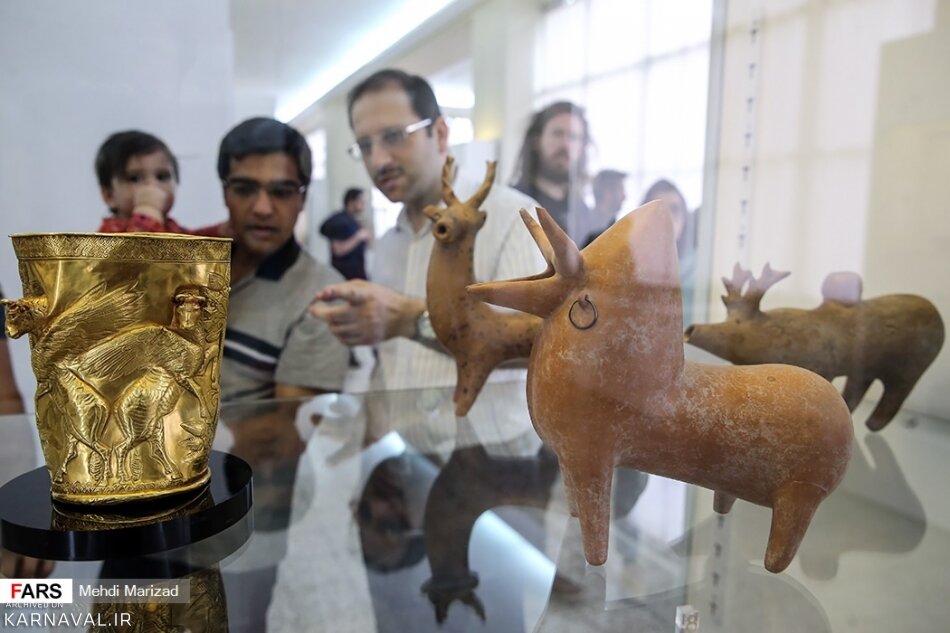Iran heritage sites draw 7m visitors in month

TEHRAN – As per records, more than seven million visitors have explored cultural heritage museums and historical landmarks across Iran, in 30 days covering Nowruz and Eid al-Fitr holidays.
Speaking in a press conference, dedicated to travel services coordination headquarters on Monday, an official in the tourism ministry in charge of the nationally-registered and World Heritage sites provided a comprehensive overview of recorded visits to the historical landmarks within the country, in a month.
“During spring holidays, 212 historical sites welcomed enthusiasts,” Reza Same’ noted, “surpassing 7,760,216 visits have been recorded from March 14 till April 12.”
Mentioning the statistics have been collected in two different time intervals, the official brought to light that also from March 14 till March 13 [Nowruz holidays], 5,003,840 people visited the heritage sites.
Delineating the figures, he highlighted that national and World Heritage sites hosted approximately three million visitors throughout this period.
He also pointed to the setup of Nowruz markets and showcasing handicraft products at 73 national and world heritage sites, along with organizing 300 events with an eye toward appreciating the ancient Nowruz.
“600,000 individuals benefited from free visits and discounts provided by the Cultural Heritage, Tourism and Handicrafts Ministry,” Same’ added.
The official further detailed the figure, stating that in some public places where ticketing systems are absent, visitor numbers could increase.
Referring to the maximum participation of honorary tour guides, Same’ emphasized that they will be honored during Cultural Heritage Week.
In his concluding remarks, the official commended the extensive cooperation of local communities and public participation which significantly improved the quality of travel services during the spring season countrywide.
Iran, an ancient land steeped in history, boasts one of the world's oldest continuous major civilizations, with settlements dating back to 4000 BC. It is adorned with a wealth of cultural treasures, including bazaars, museums, mosques, bridges, bathhouses, madrasas, gardens, and diverse natural landscapes, complemented by 27 UNESCO World Heritage sites.
While commonly associated with the first Persian Empire ruled by the Achaemenids (ca. 550–330 BC), under notable sites such as Pasargadae and Persepolis, Iran's historical tapestry is far richer. The country is adorned with numerous prehistorical sites predating the Achaemenid era. These include the Burnt City in Sistan-Baluchestan, Tepe Sialk in Kashan, Susa and Chogha Zanbil in the Khuzestan province, and Ecbatana in Hamedan.
Viewed through a broader lens, Iranian history unfolds in two distinct eras: pre-Islamic and Islamic. The rise of the Medes in 625 BC marked the unification of Iran into a nation and empire. However, it was the Islamic conquest of Persia (633–656) that signaled a pivotal moment, bringing an end to the powerful Sassanid Empire (224–651) and reshaping the course of the nation's history.
Leave a Comment